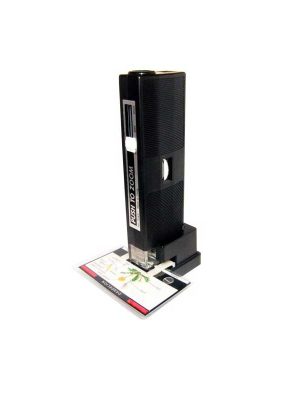
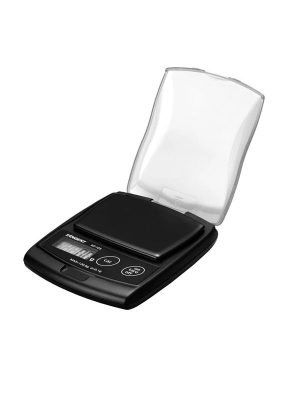


Mapito, 80 L, Hydro Substrate
Mapito has become increasingly popular with growers in recent years. It has a strong structure and an ideal water and oxygen ratio, so the perfect conditions for high yields and quality. Mapito consists of rock wool and PU flakes. The substrate itself has no nutrients, but has an excellent water storage capacity.
This Mapito is a high quality and effective planting medium, which does not contain any waste substances like the "cheap Mapito".
Although Mapito has been around for a long time, it seems that growers have discovered the advantages of growing on this substrate, especially in recent years. And not without reason, because Mapito as a substrate has a strong structure and an optimal ratio of water and oxygen. This combination forms the basis for very good harvests! Mapito consists of rock wool flakes and PU (polyurethane) flakes. Mapito itself therefore contains hardly any food, but water and liquid food are stored in it.
Rinsing, EC and PH value
Before we can use Mapito, we must first clean it well, thus lowering the EC value. Another important point when growing on Mapito is that we need to keep a close eye on the PH of the substrate. For successful growing on Mapito, it is best to maintain a PH of 5.3 to 5.8 in the substrate. Since normal tap water can have a PH of 7.5, this means that we must try to lower the PH of the tap water. By using PH-min in the right dosage, we can lower the PH value to the ideal value. Regular measuring and checking is advisable. On the internet you can often find information about the PH value of the tap water in your area.
Soak
Before growing on Mapito, as with growing on rockwool, it is important that we soak the Mapito first. If you do not do this or do not do it properly, there is a risk that the Mapito will not function properly and will be significantly less able to absorb moisture and deliver it to the plants. All rockwool substrates (including Mapito) must be soaked before growing. This is done to ensure that the mapito's ability to hold water is increased. This is called the "capillary effect". Mapito that has not been soaked beforehand cannot hold enough water and the plant therefore has no or almost no possibility of absorbing moisture and nourishment from it. Such problems are often seen in growers who have a conspicuous number of cuttings that do not take. The missing or wrong soaking of the Mapito is often the reason. The young, sensitive cuttings then cannot hold out for long. This is also the reason why rockwool mats are often covered with a plastic layer (white cover). In regular horticulture, this plastic cover acts as a breeding container. In addition, this plastic cover makes it easier to soak the mats. If mapito or rockwool is not soaked at the beginning of cultivation, the areas that remain dry will also not become moist during cultivation. The mapito will then not be able to hold moisture optimally. For proper pre-treatment, it is best to soak the Mapito in pH-regulated water for 24 hours. In this way, the foundation for a good harvest is laid.
Tips for growing:
When filling planters or growing containers with Mapito flakes for the first time, please make sure to fill the containers to the maximum. This will prevent the substrate from collapsing too much after the flakes have become wet for the first time. The water naturally makes the flakes heavier and some of the air is forced out of the spaces. This can cause the Mapito substrate to shrink quite a bit.
| Weight | 8 kg |
|---|
Du musst angemeldet sein, um eine Rezension veröffentlichen zu können.
Similar products
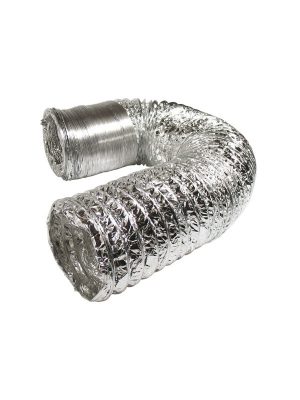


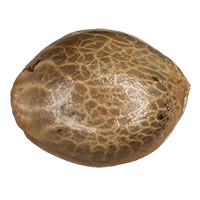
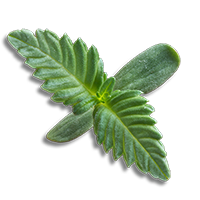
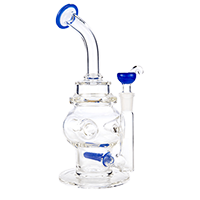

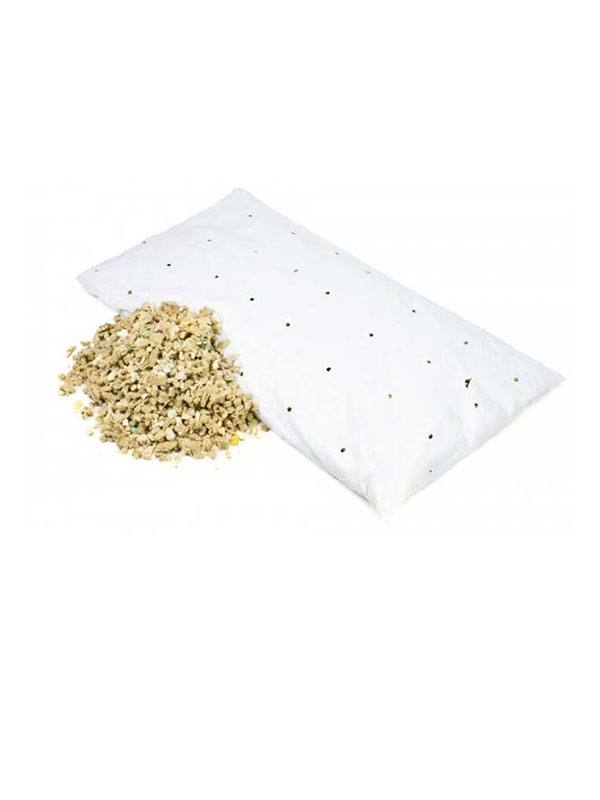

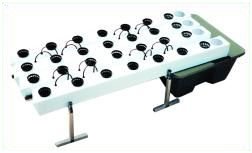
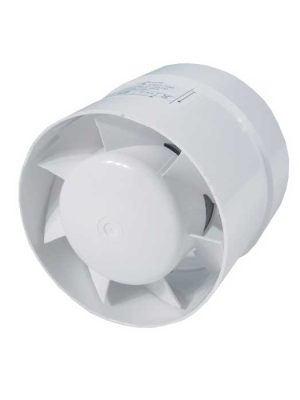
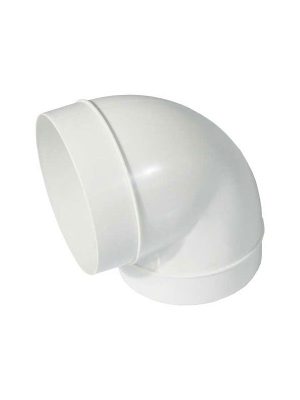
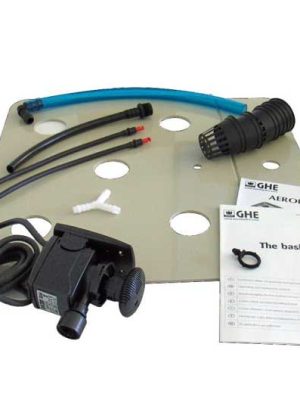

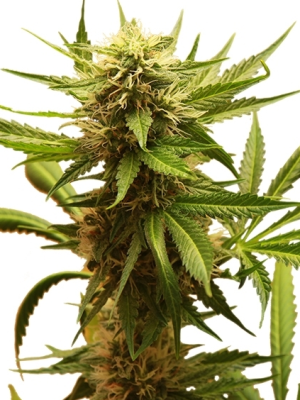
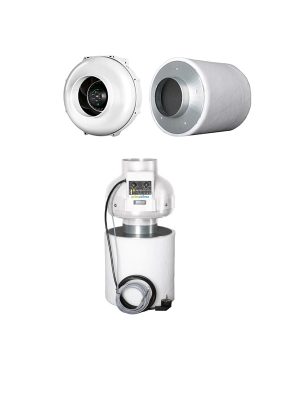
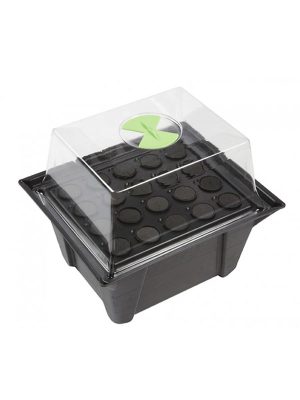
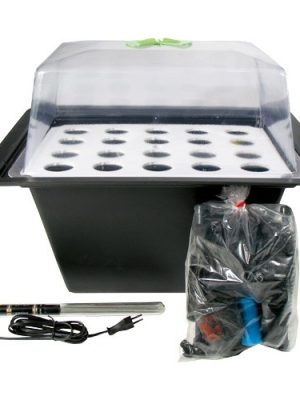
Rezensionen
Es gibt noch keine Rezensionen.